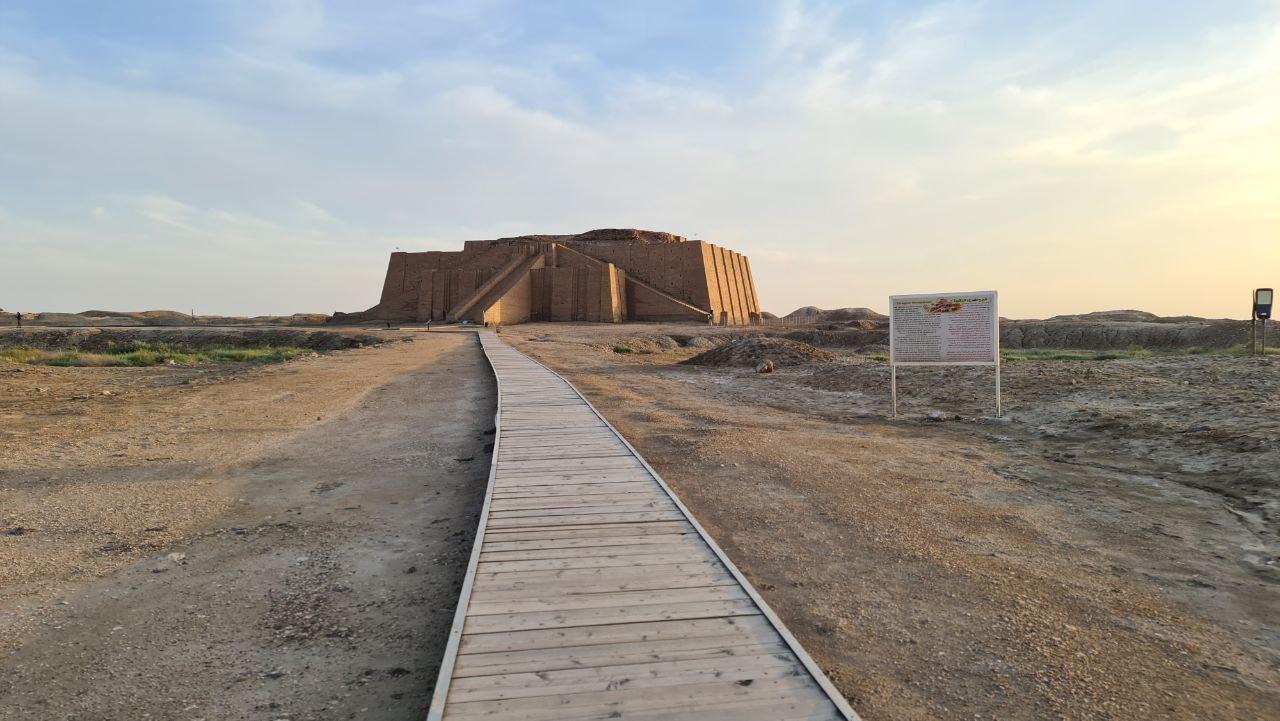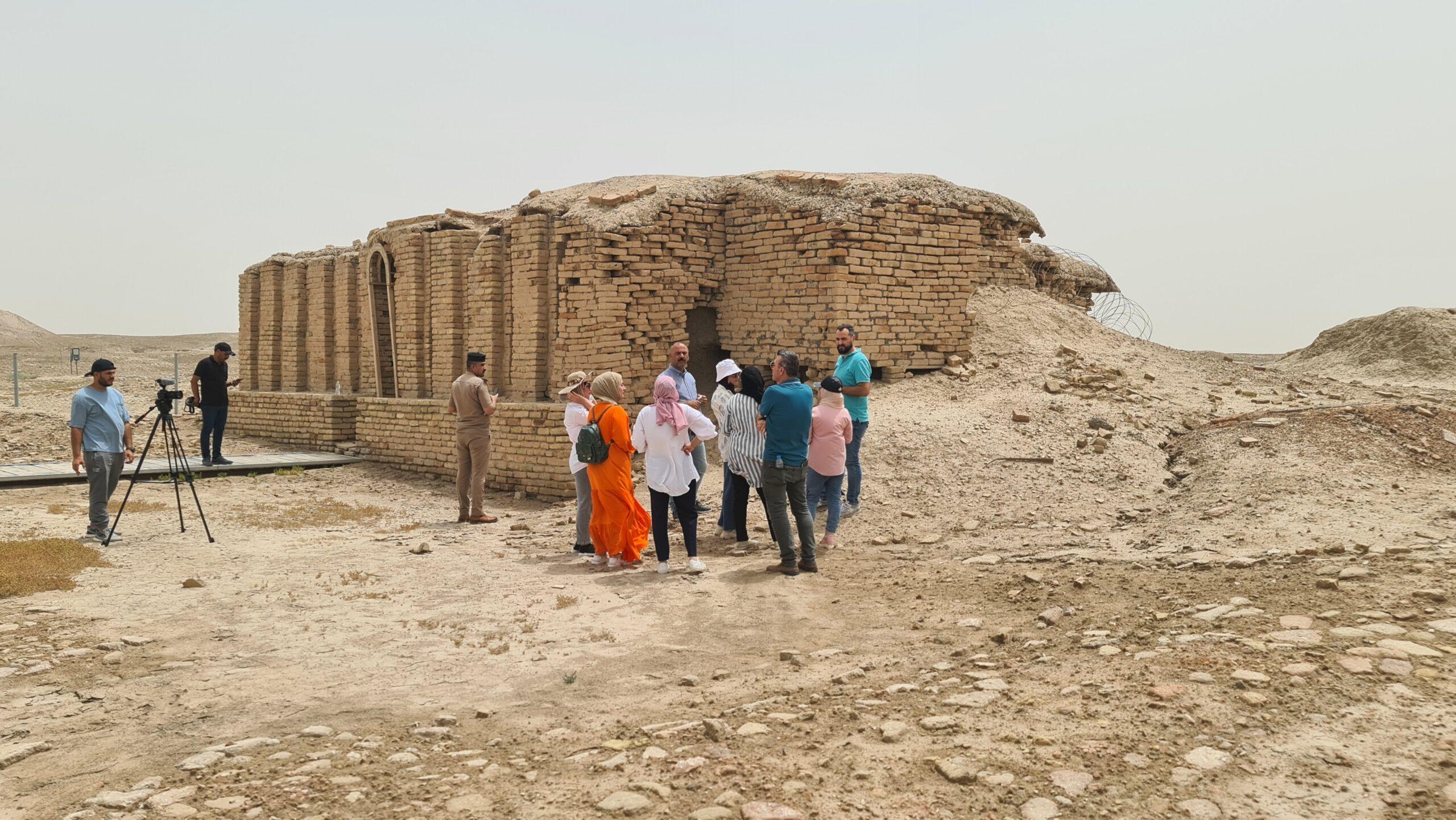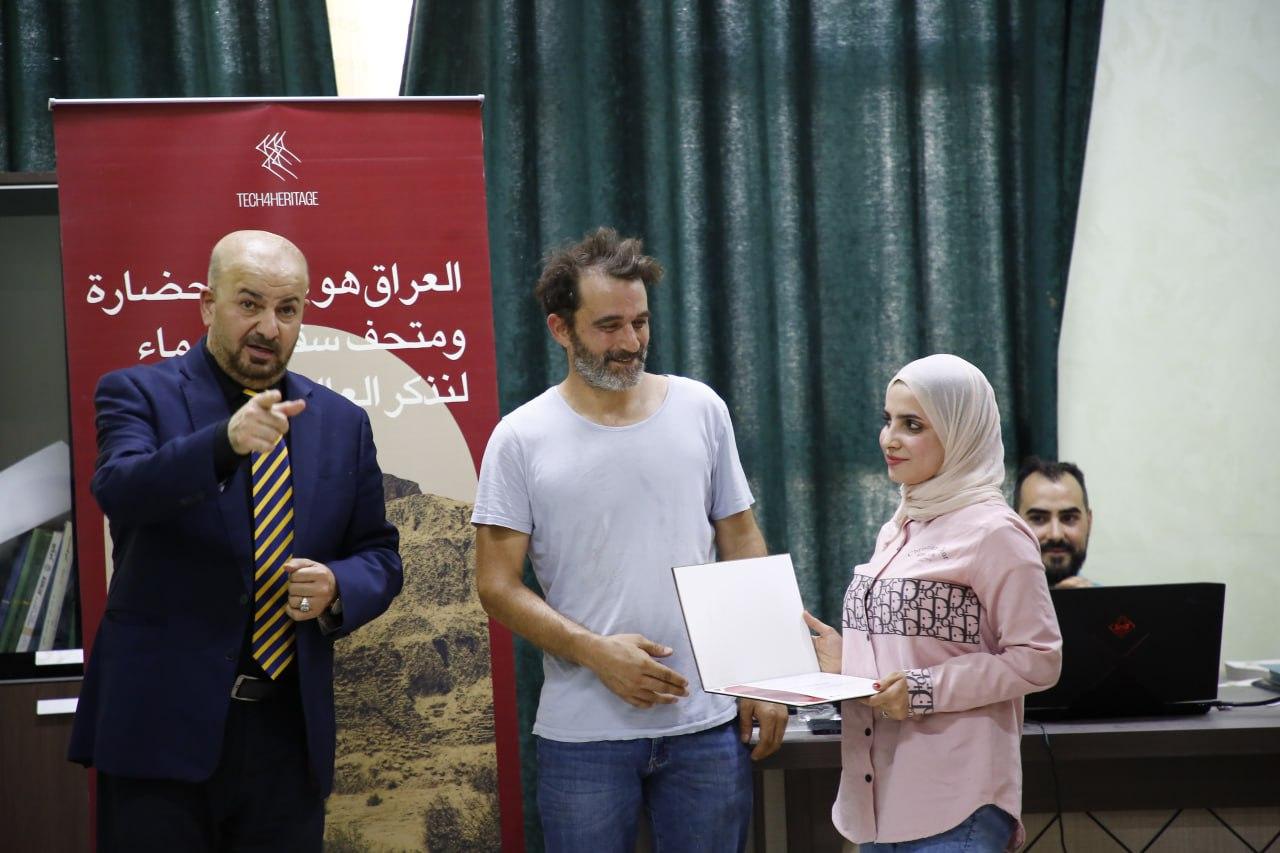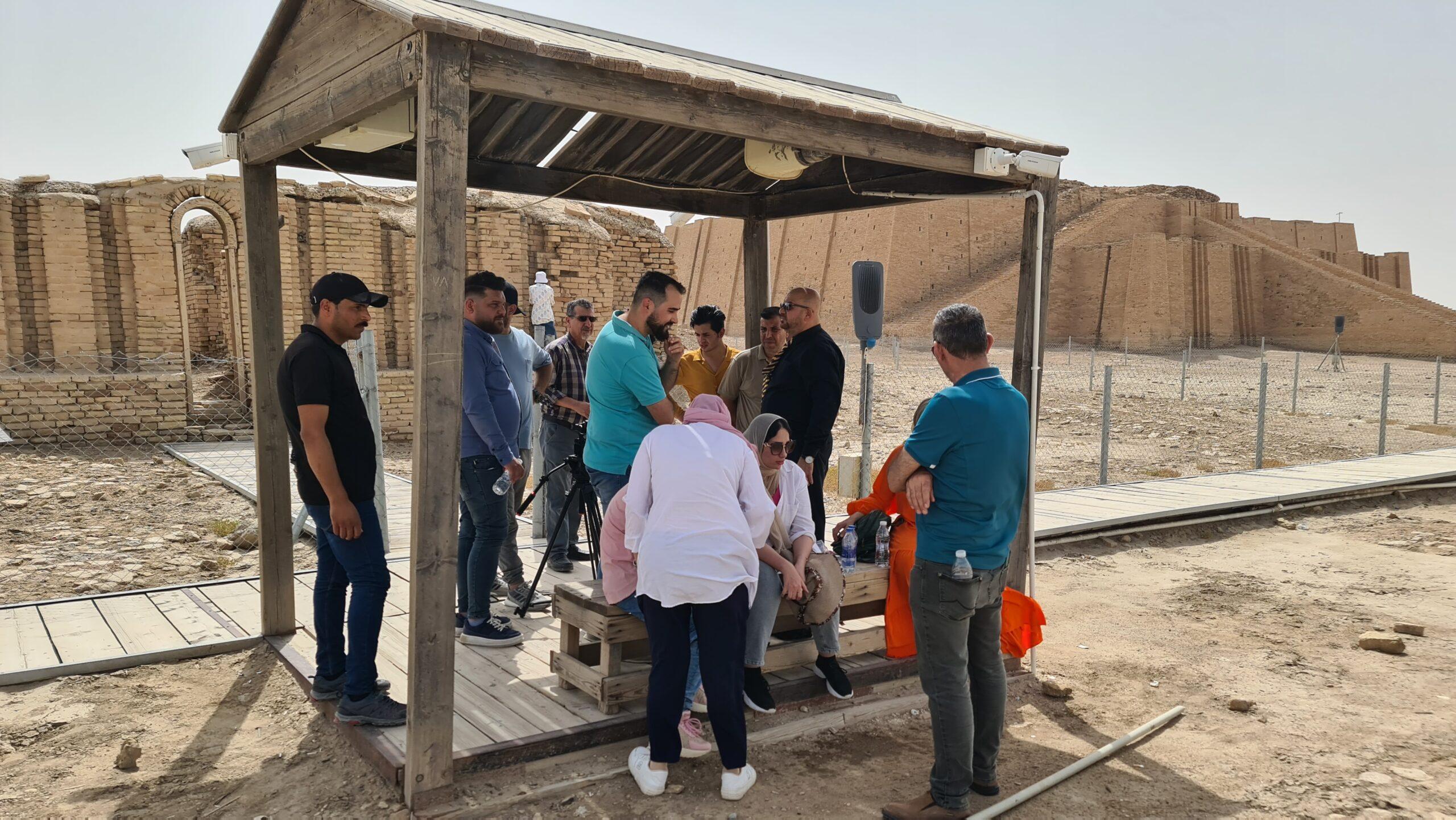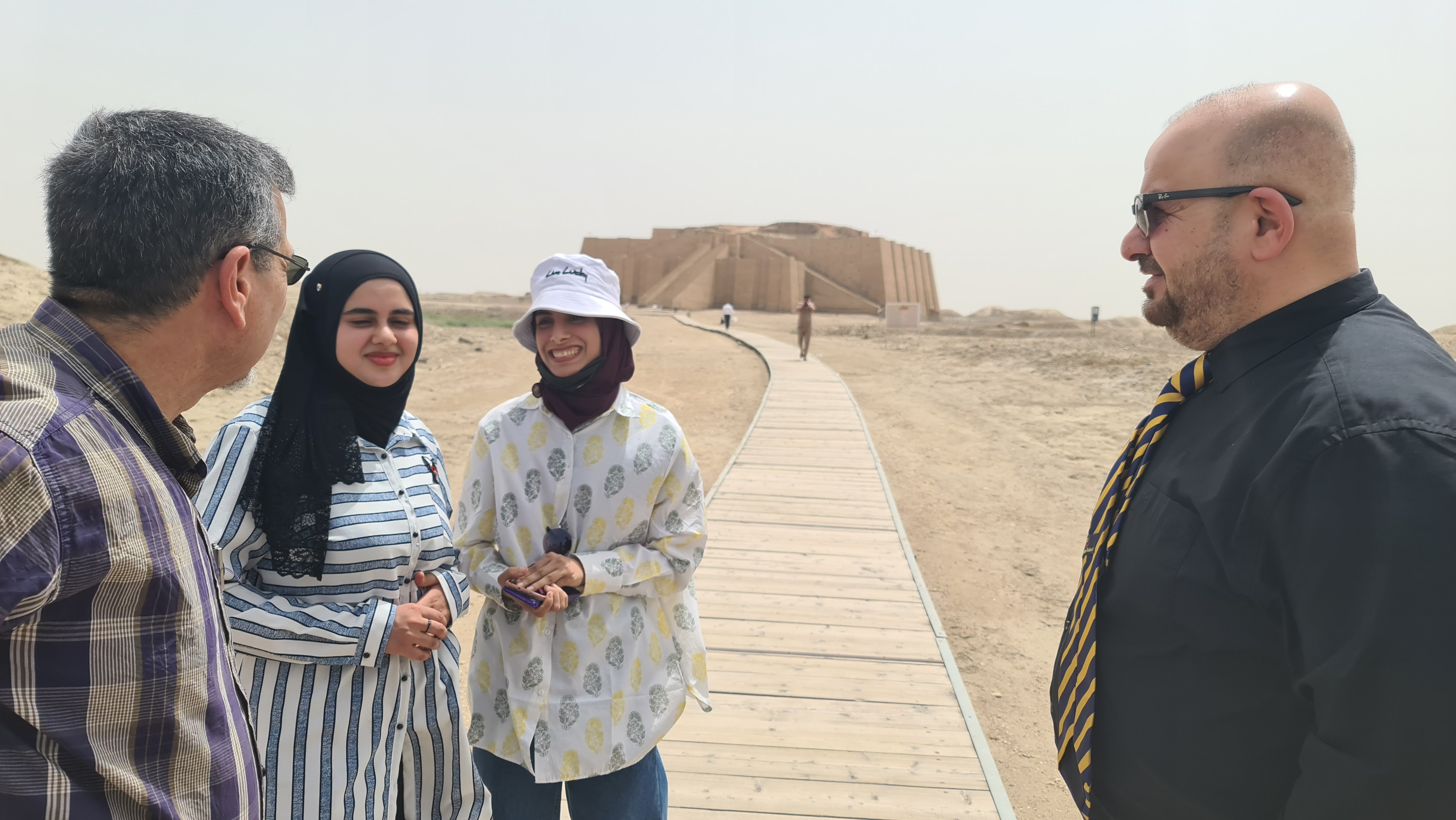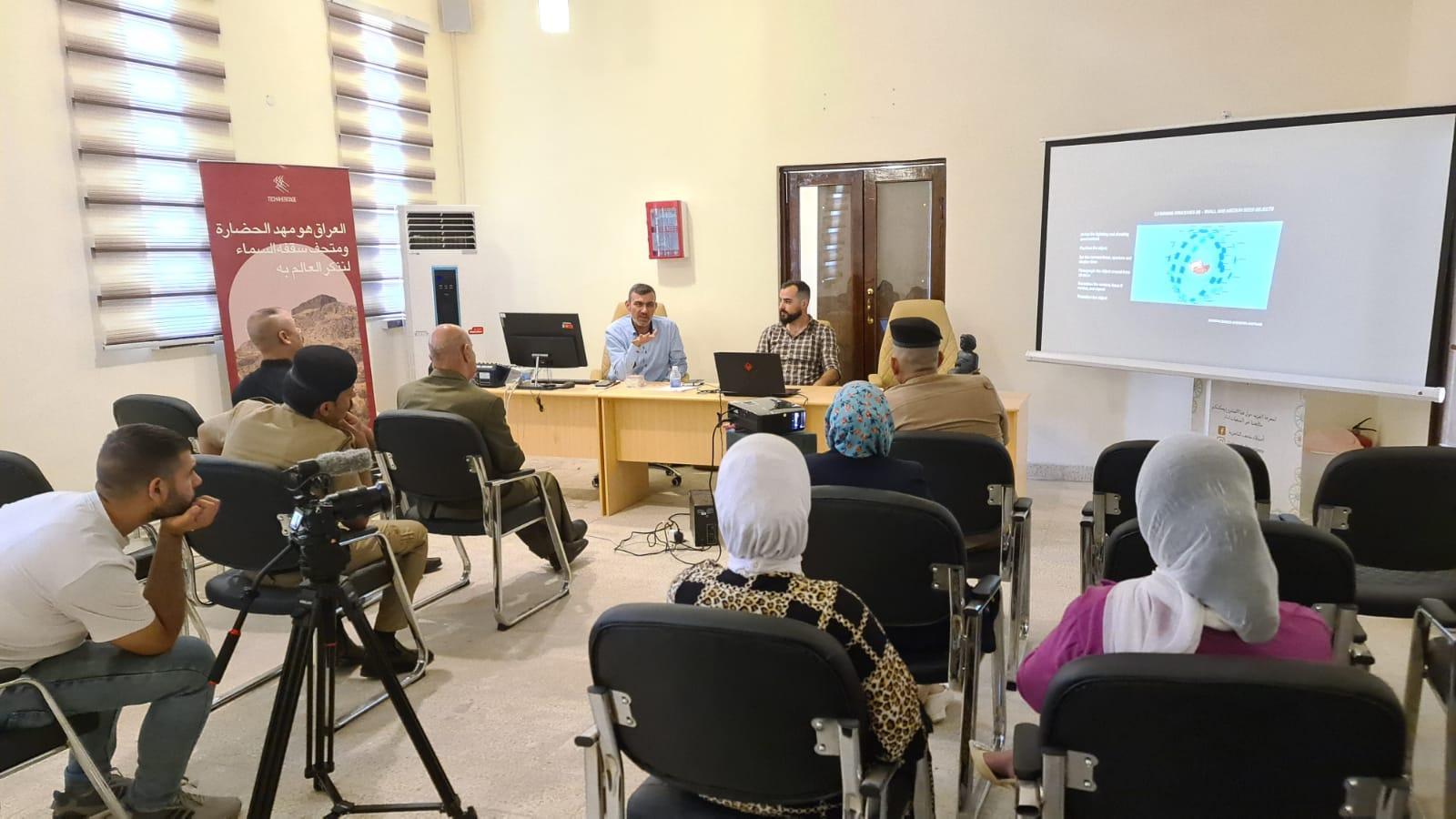Iraq Heritage
Nasiriyah
Nasiriyah is a city on the lower Euphrates, about 360 km south-southeast of Baghdad, near the ruins of the ancient city of Ur. It is the capital of the Dhi Qar Governorate and the fourth-largest city in Iraq. Nasiriyah was founded by the Muntafiq tribe in the late 19th century during the Ottoman era.
Nasiriyah is a major hub for transportation and the center of a date-growing area. The city museum has a large collection of Sumerian, Assyrian, Babylonian and Abbasid artifacts; tThe ruins of the ancient cities of Ur and Larsa are nearby.
Ur was an important Sumerian city-state in ancient Mesopotamia and is located at the site of modern Tell el-Muqayyar. Ur was once a coastal city near the mouth of the Euphrates on the Persian Gulf, but the coastline has shifted and it is now well inland. The city dates from the Ubaid period circa 3800 BC. Today, the site is marked by the partially restored ruins of the Ziggurat of Ur, which contained the shrine of the city’s patron deity Nanna, excavated in the 1930s. The city, said to have been planned by Ur-Nammu, was divided into neighbourhoods for merchants and artisans, streets and open spaces for gatherings. Houses were constructed from mud bricks, often with people being buried in chambers or shafts beneath the house floors. The city of Ur was surrounded by sloping ramparts, bordered in some places by a brick wall and the Euphrates complementing the fortifications on the city’s western side.
Larsa was also an important city-state of ancient Sumer, the center of the cult of the sun god Utu. It lies some 25 km southeast of Uruk near the east bank of the Shatt-en-Nil canal at the site of the modern settlement Tell as-Senkereh or Sankarah. Larsa is thought to be the source of a number of tablets involving Babylonian mathematics, including the Plimpton 322 tablet that contains patterns of Pythagorean triples.
In the early 20th century, Nasiriyah had a diverse population of Muslims, Mandaeans and Jews today its inhabitants are predominantly Shia muslims.
Highlights
Modern statue of Gilgamesh, a hero in ancient Mesopotamian mythology and the protagonist of the Epic of Gilgamesh, an epic poem written in Akkadian during the late 2nd millennium BC. He was possibly a historical king of the Sumerian city-state of Uruk, who was posthumously deified. His rule would have taken place in the beginning of the Early Dynastic Period, c. 2900 – 2350 BC, though he became a major figure in Sumerian legend during the Third Dynasty of Ur (c. 2112 – c. 2004 BC). Digitised by participants during the Tech 4 Heritage workshops in Nasiriyah, Iraq.
Read the latest news from the project.
